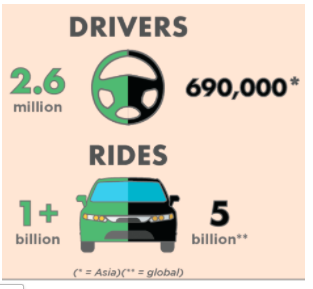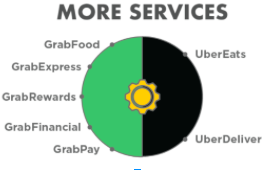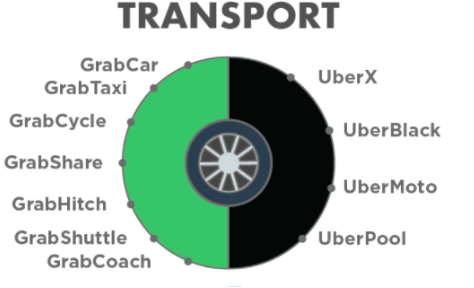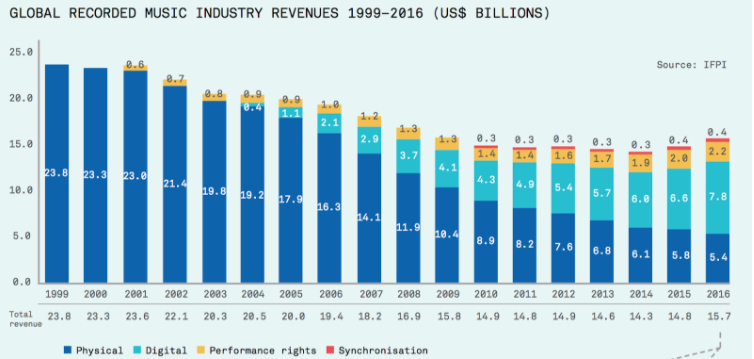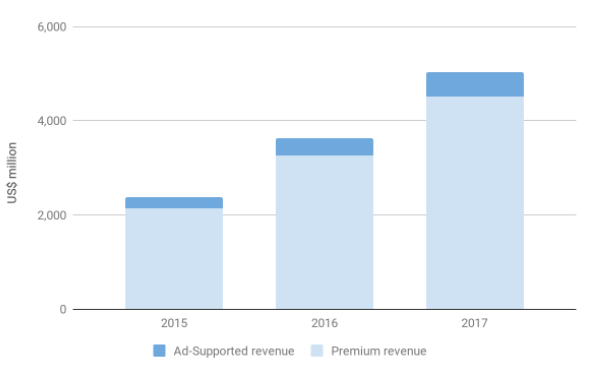
Sandi Wu, Analyst (吳岱蓉/分析師)
負責 Accelerator 與投資。加入 AppWorks 前,任職於富邦產險電子商務部,負責線上投保平台的專案管理及 Email 行銷,喜愛探究數字背後的意義。曾前往芬蘭交換學生半年,期間走遍半個歐洲,喜歡寂靜的自然風景勝過繁華的現代都市。畢業於台大財金系,擔任系女排隊長,熱愛美食、排球、旅遊及挑戰新事物。
對網路新創來說,獲得流量一直是個困難的課題,就算產品再好,如果沒有讓潛在使用者知道,一切都是枉然。不像大型企業可以花費大筆預算製作電視廣告、大型看板,或是聘用公關公司代為操作,資源有限的新創公司經常採取的策略便是內容行銷,透過一些成本較低的管道,來展現自家商品的優點。但「老王賣瓜,自賣自誇」的擴散效果十分有限,於是,尋找具公信力的第三方自然成為擴大觸及、提高轉換的重要行銷手段。
過去,許多新創公司會邀請網路意見領袖和具一定聲量或專業背景的部落客試用、試吃或試玩最新商品後,產出業配文,促進產品銷售;但現在,影片成為網路傳播的強勢工具,相較於靜態的圖片和文字,生動的影片更能吸引消費者,因此,許多公司的合作模式不再受限於「文章宣傳」,他們開始尋找唱作俱佳、喜歡透過 YouTube 這個平台來展現自我的網友 ─ 亦即所謂的 YouTuber, 發揮他們的個人特色,藉由精采逗趣的影片情節來行銷自家商品。
根據統計,2018 年第一季,台灣有 11 個 YouTube 頻道訂閱數突破百萬,其中,「這群人 TGOP」是台灣第一個訂閱數破 200 萬的頻道,YouTube 無疑已經成為大眾娛樂、吸收新知與消費資訊的主要管道之一。
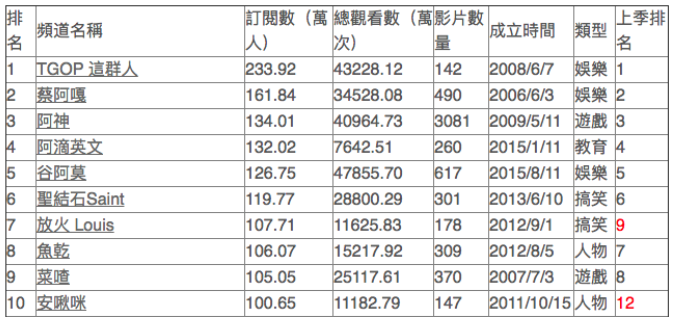
2018 年第一季,台灣有 11 個 YouTube 頻道訂閱數突破百萬,上表所列為前 10 名
資料來源:SmartM
當然, 知名部落客目前依然有一定的跟隨者,但無庸致置疑的, YouTuber 的崛起,代表著行銷手法的變化性更上層樓。畢竟,影音營造出的聲光效果更能讓人感受到影片中的情緒,也更能滿足消費者的好奇心、進一步激發他們的購買欲。
只是,影片固然較具吸引力,在規劃、拍攝,乃至後續操作上,細節也較多,需耗費更多時間和精力。在網路行銷當道的今天,如何在合作過程中,和 YouTuber 聯手設計出可以被不斷轉傳的內容、發揮影響力,打造最佳行銷效果,已是所有電商經營者的必修課。
我觀看並分析了許多高瀏覽量的 YouTuber 商業合作影片,同時結合過去與許多新創團隊合作的經驗,整理出以下幾項原則,提供大家在與 YouTuber 合作時作為參考。
自家產品的 TA 需與 YouTuber 的粉絲重疊
透過 YouTube 的報表,可以檢視觀眾的年齡、性別、所在位置等,因此,藉由分析這些數據,便可確認自家產品的主要客群是否與 YouTuber 的粉絲相符。例如,若公司產品的主要客群是小資女,找美妝類 YouTuber 合作的效益一定高過遊戲類 YouTuber,美妝類 YouTuber 中,找年輕、使用開架式彩妝的 YouTuber 合作,又比使用專櫃彩妝的 YouTuber 更能達到宣傳效果。若是 YouTuber 每部影片的觀眾特質差距很大,表示他忠實粉絲的比例可能不高,與他合作,因為崇拜 YouTuber 而產生模仿效應的可能性也不會太高,請他宣傳產品也較難有具體成效。
所以,建議大家盡量找與產品高度相關的 YouTuber。例如 7-11 和因每月試吃、評比超商食物而被稱為「便利商店女神」的古娃娃合作,推廣義大利麵系列產品,影片在 7-11 粉專曝光後,立刻獲得超過 2000 筆網友迴響,效果非常顯著且快速。

YouTuber 古娃娃每月評比 7-11 的新品,引起粉絲迴響,進而吸引 7-11 與之合作
圖片來源:古娃娃 YouTube 頻道
YouTuber 的形象最好和自家產品相符
和 YouTuber 合作前,最好可以完整調查他的網路聲量和評價,除了知名度外,其代表的形象也是很重要的指標。當然,沒有一個 YouTuber 是零負評的,因此,我們可以利用各種不同的指標來衡量、交叉比較。比方說,觀察 YouTuber 瀏覽量最高的那幾支影片,看看對影片按不喜歡的比例是否比其他 YouTube 上的同類型影片來得高?影片下方的留言是否有許多負面評語?PTT 上的爭議多不多?就像廣告代言人一樣,當 YouTuber 爆出醜聞時,會連帶影響到產品的形象。
前陣子,美國 YouTuber Logan Paul 到日本旅遊,前往有「自殺森林」之稱的青木原樹海,意外拍到一具上吊的屍體。後來,他錄製了一段嘲諷自殺者的影片,不料引起網友撻伐,在輿論的壓力下,YouTube 立刻發出聲明,終止和 Paul 合作拍攝付費會員專屬影集「Foursome」及其他合作計畫,並將 Paul 從「Google 精選」下架。即使事後 Paul 上傳了一支道歉影片,獲得的「不喜歡」仍比「喜歡」多。身為一位 YouTuber,一舉一動都會受到嚴格的檢視,若因為他的個人行為而影響到代言產品,那對合作對象會是極大的傷害。因此,挑選合作對象時,務必在事前做足調查,並於洽談期間,仔細觀察 YouTuber 是否符合公司形象,才不會得不償失。
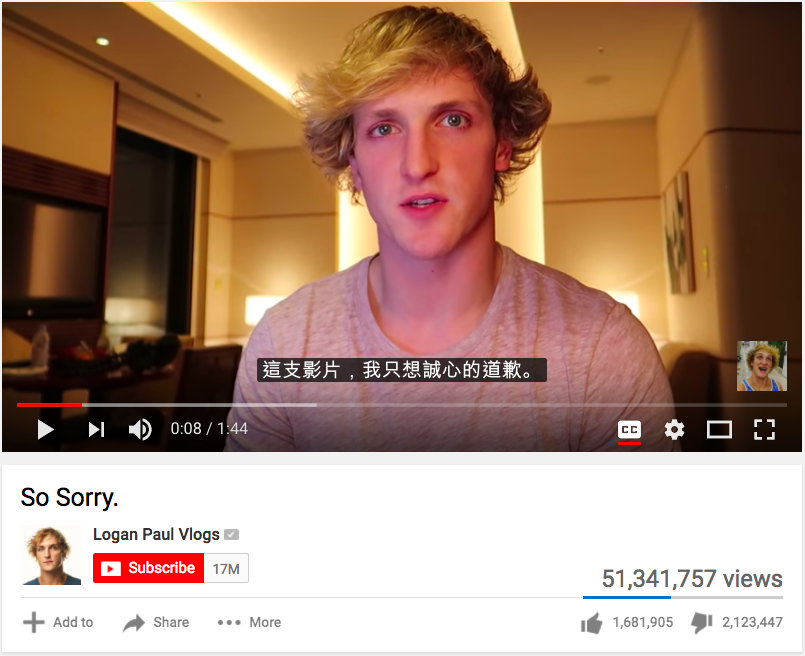
「自殺森林」影片事件後,Logan Paul 上傳了一支道歉影片,獲得的「不喜歡」數高達 200 萬
圖片來源:Logan Paul YouTube 頻道
給 YouTuber 足夠的發揮空間,以維繫與粉絲間的信任關係
要讓粉絲願意觀看 YouTuber 的影片、願意相信他們說的話,最重要的關鍵就在於他們對 YouTuber 的信任。粉絲在意的不是那段影片是否是與廠商合作的業配文,而是明明是業配文,卻包裝成純分享,甚至刻意隱藏商品的缺點。
因此,為了維護與紛絲間的信賴關係,越來越多 YouTuber 在與廠商合作之前,會要求先試用一段時間,唯有自己也肯定商品的品質,才會與業者合作。美妝 YouTuber Hello Catie 也曾在影片中表示,除了商品品質外,她還會確認商品的效果是否符合廠商主打的訴求,例如某大品牌的妝前乳主打持妝、控油、保濕,但使用起來完全沒有保濕的功效,因此她拒絕了廠商的商業合作邀約。此外,有些積極的 YouTuber 甚至還會主動規劃影片的內容與形式,讓整個演出可以更加自然。例如 2017 年世大運,柯文哲市長與多位網紅合作時,便讓網紅自由發揮,而這上傳的八支影片,兩週內總觀看次數也超過 630 萬,花費 100 萬元所帶來的宣傳效益相當巨大。
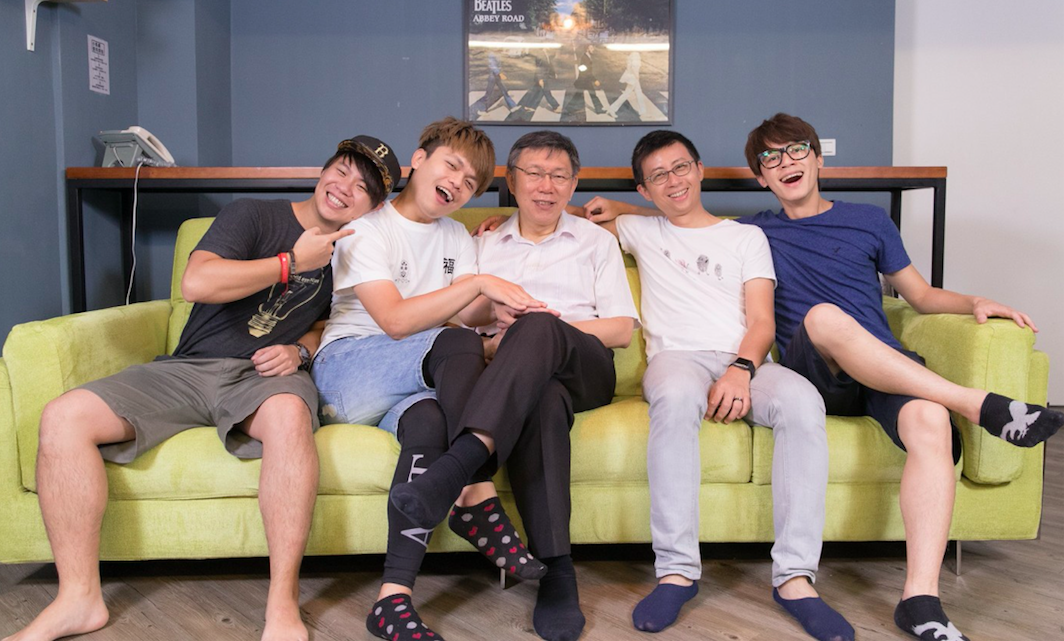
2017 年世大運,柯文哲市長與多位網紅合作,效益良好
圖片來源:數位時代
因此,除了挑選適合自己商品的 YouTuber,洽談合作時,業者可以先主動溝通品牌想傳達的價值與產品特色,至於影片細節,則建議讓 YouTuber 自行發揮,除了更符合粉絲的胃口,也比較可能創造超乎預期的效果。
試著從多元面向評估,選擇合作對象
YouTube 上觀看率最高的影片,常常都是透過 Facebook 分享、轉傳所帶動的,所以,訂閱數高不代表觀看率高,訂閱數和轉換率也沒有絕對的正相關。
相較於其他國家,Facebook 在台灣仍然是一個很重要的影音平台,雖然 Facebook 在年輕世代中的使用頻率呈現下滑,但根據 Facebook 的統計,在台灣,Facebook 的每月活躍用戶為 1800 萬人,換言之,全台灣超過七成的人口都在使用 Facebook,因此,YouTuber 仍然會花心思經營粉絲專頁,像是 YouTuber 「 TGOP 這群人」 的 YouTube 訂閱人數為 246 萬,Facebook 的粉絲專頁按讚人數也有 192 萬。
再舉個例子,前陣子,麥當勞與 Y 這群人合作的千島黃金蝦堡宣傳影片,透過 Facebook 曝光後,影片本身得到超過 415 萬次觀看與 1.2 萬次分享,甚至引起粉絲頁模仿開箱的漣漪效應,所獲得的迴響遠遠超過在 YouTube 上的效果。所以,在分析 YouTuber 的效益時,除了 YouTube 本身外,Facebook 也是不容忽視的指標。

「千島黃金蝦堡」影片吸引超過 415 萬次觀看,引起網友的廣大迴響,實際販售成績也十分良好
圖片來源:TGOP 這群人 Facebook 粉絲專頁
那麼,要如何評估 YouTuber 可能帶來的效益?首先,必須了解你想合作的 YouTuber 有多少忠實粉絲,關於這點,從 YouTuber 影片下方的留言區、Facebook 粉絲專頁的留言,以及 YouTuber 的回覆,便可看出端倪。例如,從留言的數量可以看出粉絲對 YouTuber 的態度,有些粉絲還會在底下「許願」,表達想看什麼樣的影片。留言越多,表示有越多粉絲關心這位 YouTuber 的生活,YouTuber 的忠實粉絲越多,所帶來的追隨效益也會更好。
此外,從回覆速度也可以看出 YouTuber 有多重視他的粉絲,越受到重視,鐵粉當然就會越多。若想知道 YouTuber 的轉換率高低,除了直接詢問 YouTuber 過去與其他廠商合作的成效,也可以客觀比較 YouTuber 的業配文與一般業者自製內容的觀看率、按讚數、留言數的差異,觀看者的留言中有沒有表達出購買意願。
例如,在 YouTube 搜尋「唇膏 試色」,瀏覽次數最高的前四名都是 Hello Catie 的影片,其中前兩名是商業合作影片,相較第三、四名的非商業合作影片,瀏覽次數、按讚數、留言數都不遜色。由此可見,Hello Catie 的粉絲對於她的業配影片接受度極高,轉換率可能也不錯。如果產品有帶 Google 短網址,也可以直接找到公開的數據資料,拿它和現有通路的點擊率進行比較,便可判斷成效的好壞。
數字會說話,盡量從客觀事實進行觀察
在開始評估、尋找適合的 YouTuber 之前,必須先確認找 YouTuber 合作的目的,同時制定行銷策略。不管如何,合作的最終目的都是為了提高轉換率,除了考慮影片播出後的觸及率、觀看人數、點擊數、觀看頻道來源等,轉換的效率仍須與其他管道進行包含 CPA、客單價、流量等數據的比較,才能評估與該 YouTuber 的合作是否是一個正確的選擇。
影片播出後,可以透過 YouTube 的報表來檢視成效,除了與自己現行的其他行銷管道進行比較外,也可以請 YouTuber 與他其他影片的數據做比較,作為之後是否要繼續合作的依據。與知名 YouTuber 合作所費不貲,不管是事前的評估,或是內容的製作,都需花費一定的時間與精力,建議電商業者不要單純的把它視為一次性的行銷活動,也不要認為這只是擴展一個行銷管道,更不要將過去的經驗直接複製過來,而是要把與 YouTuber 合作當作全新體驗,並且藉由成果來檢視對自家產品的 TA 是否解讀正確,如此一來,其他的行銷管道也可以做相對應的調整。
適合的 YouTuber 可以帶來長遠的效益,不適合的 YouTuber 可能成效比 Facebook 粉絲專頁的發文還差。就如同找代言人一樣,唯有蒐集足夠的客觀資訊,並多次交流,確認雙方達成共識,才能找到最適合自家產品的 YouTuber。
【歡迎所有 AI / IoT、Blockchain / DeFi、面向東南亞市場的創業者,加入專為你們服務的 AppWorks Accelerator】
文章主圖取自 Hello Catie YouTube 頻道




